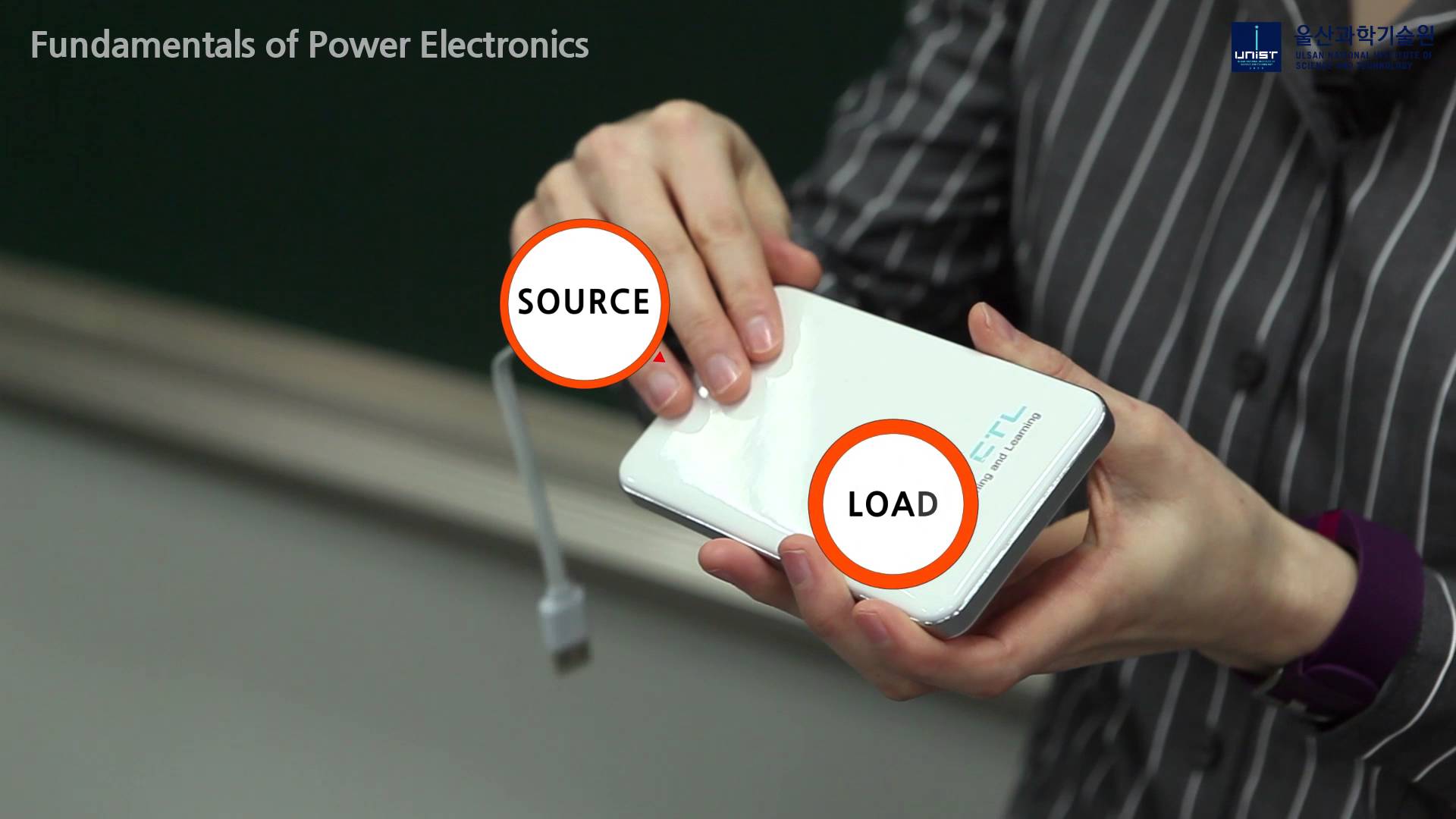ABI Research: The times they are a changing with GaN power

While microwave and millimetre wave high-power vacuum electron devices (VEDs) remain "below the radar" of many industry observers, the total available market (TAM) for this segment is over $1 billion.
Despite its size, and although these tubes remain essential elements in specialised military, scientific/medical and space communications applications, this market is generally under-reported and poorly understood by those not directly involved in it.
Essentially, this is now a stable industry after several rounds of consolidation in recent years. ABI Research Director Lance Wilson says, "There is potential for some further consolidation, but there are no signs of that happening yet. However one new RF semiconductor technology - gallium nitride - will change the landscape but has not yet done so to any large scale. While it is not yet near monopolising the microwave RF power industry, GaN is advancing steadily and is a technology that should be closely watched, as it will be a threat to some aspects of the microwave and millimetre wave VED marketplace."
Wilson continues, "The size of this historic market continues to surprise everyone and its longevity and firm resistance to RF power semiconductor encroachment is as surprising; however, that will be changing as GaN devices move up in frequency and power."
"These specialised vacuum electron devices may at first seem anachronistic," he adds. "But in some cases there is no other way to generate such high levels of RF power within an acceptably small space. Certain microwave and millimetre wave VEDs can generate megawatts, and it would take tens of thousands of transistors to do that."
ABI Research's recent study "Microwave and Millimeter Wave High-Power Vacuum Electron Devices: Changes are Looming on the Horizon," examines the microwave and millimetre wave high power vacuum electron device market and assesses how gallium nitride (GaN) devices could affect that business.



































